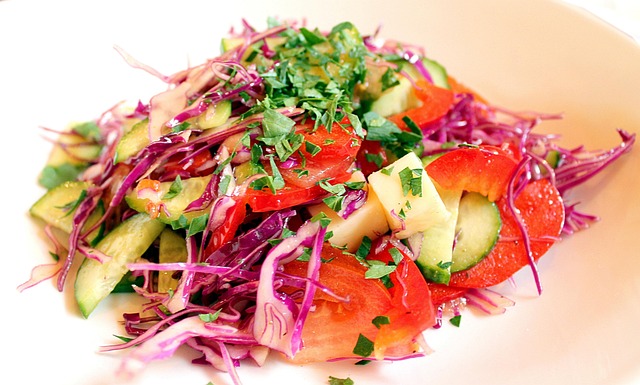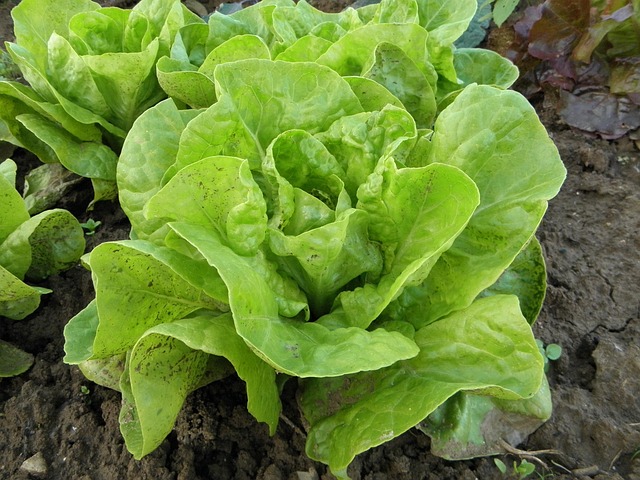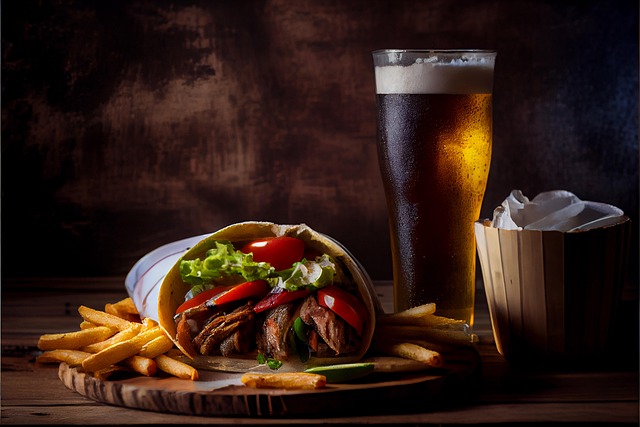Pinot Noir & Local Cuisine: Perfect Pairs in Southern Willamette Valley
Pinot Noir, a delicate grape variety, captivates wine lovers worldwide with its subtle red fruit fla…….
We are At Your Service
Welcome to an immersive journey into the captivating world of wine tasting in Oregon’s Southern Willamette Valley, a region that has emerged as a prominent player on the global viticultural stage. This article aims to provide an extensive guide, delving into every facet of this dynamic industry, from its historical roots to contemporary trends and future prospects. Through this exploration, readers will uncover the unique characteristics, influences, and economic implications of wine tasting in this remarkable region, offering insights that cater to both enthusiasts and industry professionals.
Wine tasting, in the context of Oregon’s Southern Willamette Valley, refers to the art and science of evaluating and appreciating wine through sensory analysis. It involves a meticulous process where trained palates discern and describe various attributes, including aroma, taste, texture, and overall balance. This practice not only delights the senses but also provides valuable insights into the wine’s origin, production methods, and potential for aging.
The Southern Willamette Valley’s journey in winemaking dates back to the mid-19th century when European immigrants introduced viticulture to the region. Over time, it evolved from a humble start to become a renowned wine-producing area known for its diverse microclimates and rich volcanic soils. Today, this valley boasts hundreds of wineries, each contributing to a vibrant ecosystem that attracts tourists and wine aficionados worldwide.
Oregon’s Southern Willamette Valley plays a significant role on the global wine stage, offering distinct styles and varieties that challenge traditional norms. Its cool climate and diverse terroirs allow for the cultivation of both classic and alternative grape varieties, resulting in wines that exhibit remarkable complexity and character. This region’s success has inspired similar regions worldwide to embrace their unique terroir and explore innovative winemaking practices.
The Southern Willamette Valley’s wine culture has left an indelible mark on the international wine community. Its success has influenced global trends in viticulture, encouraging producers in other regions to experiment with native grape varieties and embrace sustainable farming practices. The valley’s reputation for high-quality, distinctive wines has opened doors for Oregon as a whole, enhancing its standing in the global wine market.
Several key trends have emerged from this region:
The global influence has trickled down to other wine-producing regions, inspiring them to:
The wine industry in the Southern Willamette Valley is a vital component of Oregon’s economy, contributing significantly to its agricultural sector. The market dynamics are characterized by:
Investment in the region’s wineries has been robust, driven by:
Wine tasting is intricately woven into the region’s economic system, creating a positive feedback loop:
Technology has revolutionized winemaking in Oregon’s Southern Willamette Valley:
The adoption of these technologies has led to:
Emerging technologies offer further possibilities:
The Southern Willamette Valley’s wine industry operates within a robust regulatory framework:
Significant policies shape the industry:
Winemakers actively engage with these policies, adopting sustainable practices and innovative techniques to meet regulatory requirements. This engagement ensures that the region remains a leader in both wine quality and environmental stewardship.
Despite its success, the industry faces several challenges:
Strategies to address these challenges include:
Overview: This iconic winery, part of the renowned French domain, has been a pioneer in the valley since its establishment in 1983.
Achievements:
Narrative: Eieon Cellars embodies the spirit of craft winemaking, focusing on small-batch, locally sourced wines.
Success Factors:
Context: A recent trend is the emergence of urban wineries in major cities, bringing wine tasting to new audiences.
Lessons Learned:
Oregon’s Southern Willamette Valley has established itself as a global destination for wine enthusiasts, offering exceptional wines, vibrant communities, and rich cultural experiences. Through this comprehensive exploration, we’ve witnessed the intricate interplay between history, geography, technology, and policy that has shaped this industry. The region’s future looks promising, with potential for further growth and innovation while preserving its unique character.
Q: What makes Oregon’s Southern Willamette Valley wines special?
A: The valley’s diverse microclimates, volcanic soils, and cool temperatures create ideal conditions for a wide range of grape varieties. This diversity allows winemakers to produce distinctive, high-quality wines that showcase the region’s unique character.
Q: How does climate change impact winemaking in this region?
A: Climate change presents both challenges and opportunities. Extreme weather events can damage grapevines, prompting winemakers to adopt resilient cultivation practices. However, it also opens doors for new grape varieties and innovative farming techniques that adapt to changing conditions.
Q: What is the role of technology in modern Willamette Valley wineries?
A: Technology plays a pivotal role in enhancing quality control, efficiency, and consistency in winemaking. From sensors monitoring fermentation to data analytics predicting optimal harvest times, winemakers leverage technology to produce exceptional wines.
Q: Are there any unique marketing strategies used by Willamette Valley wineries?
A: Yes, the region’s wineries emphasize storytelling and brand building. They often showcase their connection to local history, terroir, and sustainable practices. Unique branding and educational initiatives help them stand out in a competitive global market.
Q: How does Oregon’s wine industry contribute to the local economy?
A: Wine tasting is a significant tourist attraction, driving economic growth through direct investments in wineries and related industries. Additionally, tax revenues from wine production and sales contribute substantially to local and state economies.

Pinot Noir, a delicate grape variety, captivates wine lovers worldwide with its subtle red fruit fla…….

The Southern Willamette Valley is a hidden gem for wine lovers, featuring charming boutique wineries…….

The Southern Willamette Valley is a haven for wine and food enthusiasts, offering a unique blend of…….

The southern Willamette Valley in Oregon is a renowned wine destination, especially for Pinot Noir e…….

The Southern Willamette Valley in Oregon is celebrated for its exceptional pinot noir wines, thanks…….

The Southern Willamette Valley is a premier wine destination known for its diverse local varietals a…….

The Southern Willamette Valley in Oregon is a hidden gem for wine lovers, boasting diverse, vibrant…….

The Southern Willamette Valley is a premier wine destination renowned for its diverse range of local…….

The Southern Willamette Valley, nestled between rolling hills and lush forests, is a hidden gem for…….